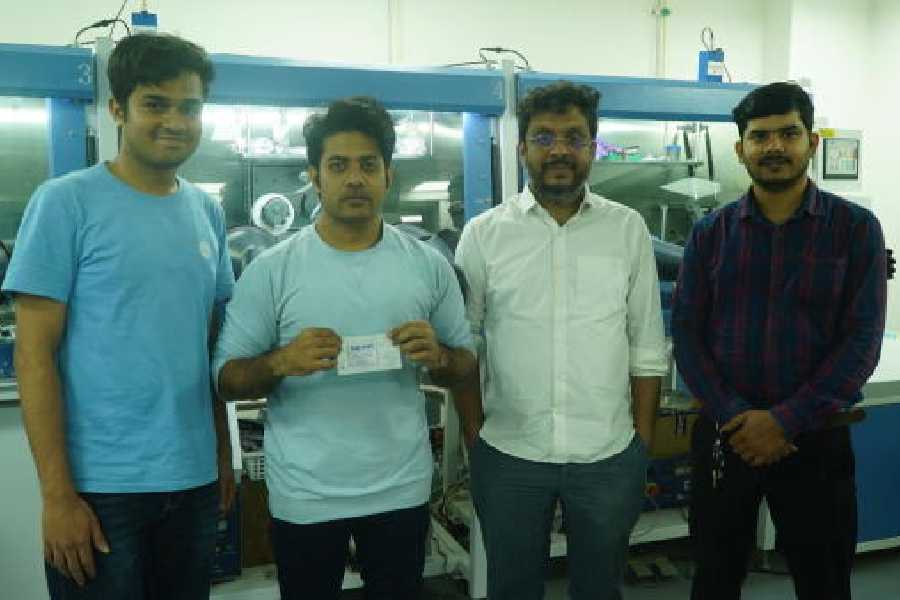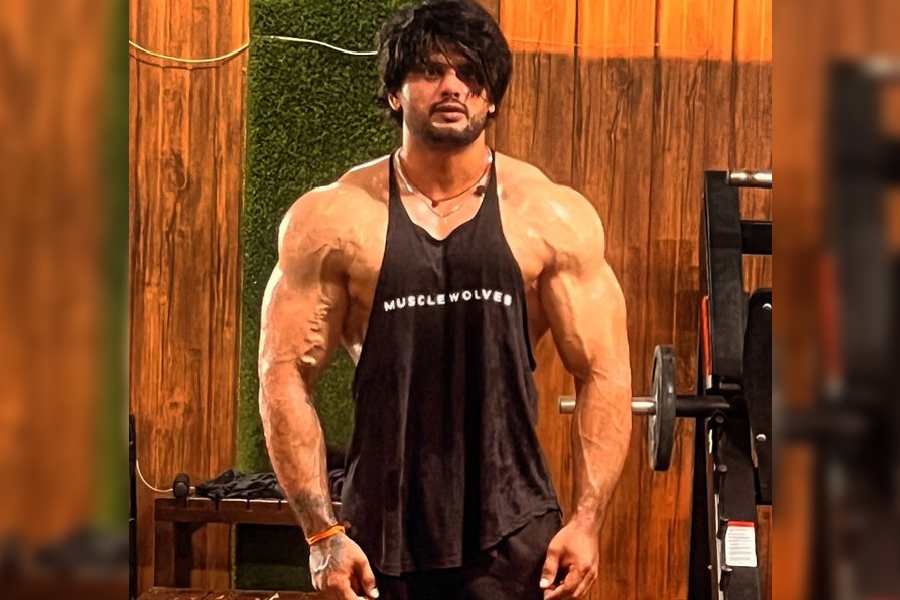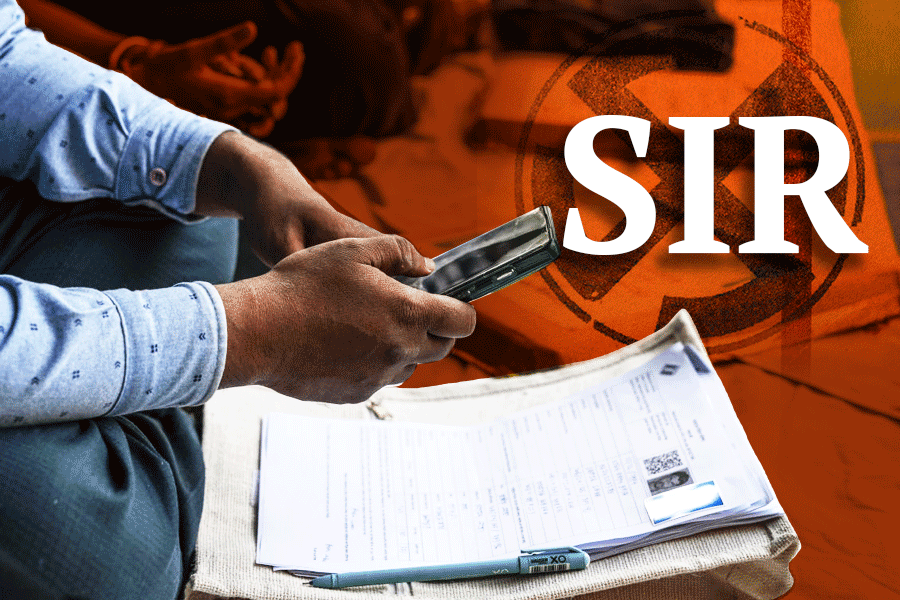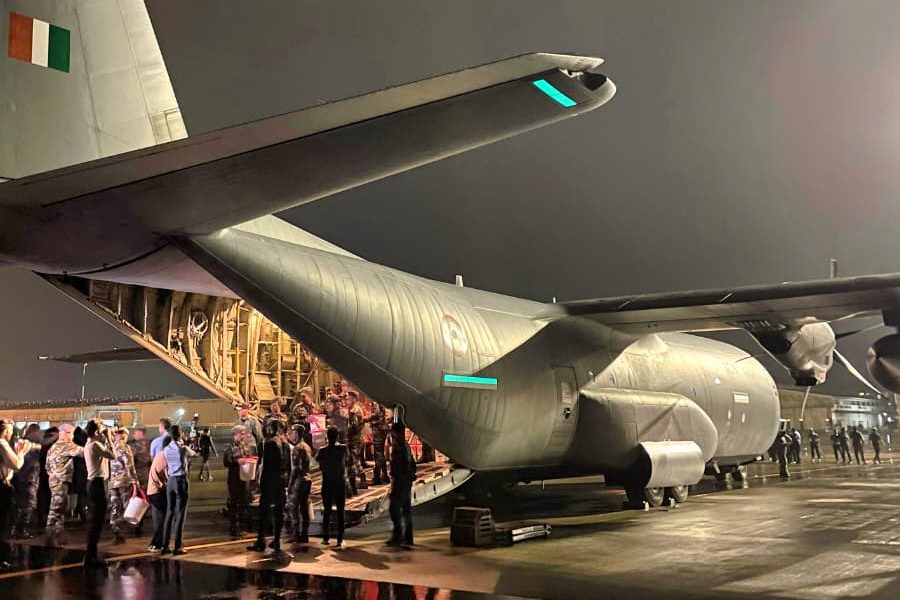A group of scientists at Calcutta-based Research Institute for Sustainable Energy (RISE) under TCG-CREST claimed to have developed an indigenous sodium-ion (Na-ion) battery capable of charging up to 94 per cent in five minutes, while matching and in some parameters surpassing the performance of conventional lithium-ion (Li-ion) batteries that dominate the global EV and energy storage market at present.
Unlike Li-ion systems, the technology developed by the scientists at the Salt Lake campus of TCG-Crest, a deemed to be university, uses no cobalt, nickel, copper, or lithium, cutting India’s exposure to global supply-chain risks for critical materials.
The prototype can be put to commercial applications at industrial scale in 2-3 years, if everything goes according to plan, depending on the development of the local supply chain. The investment in commercial applications could reach $10-$12 billion.
The Chatterjee Group, promoter and owner of Haldia Petrochemicals, MCPI and Garden Silk Mills and backer of TCG-Crest, may take up the commercial production going forward even as it would focus only at manufacturing of cells, the principal component of the battery. At present, majority of the cells for Li-ion batteries produced in India are sourced from China.
Abhik Banerjee, the team leader at RISE, said the prototype has been able to engineer Na-ion pouch cells with energy densities of 180 Wh/kg (gravimetric) and 550 Wh/L (volumetric), outperforming most deployed lithium iron phosphate (LFP) batteries used in electric vehicles and grid storage today.
“These pouch cells use only earth-abundant, non-toxic materials, are easy to manufacture, and can withstand thousands of cycles with minimal degradation. The five-minute charging capability combined with a high-power output of 10 kW means this chemistry can serve everything from EVs to renewable energy grids. This is an Indian technology built for Indian conditions, robust, affordable, and globally competitive,” he said.
Banerjee declined to give the specifics of the compounds used in the cell, calling it a trade secret but reminded that they are available in India.
He explained that Na-ion batteries had so far faced the arduous task of matching the energy density of Lithium-Ion batteries. Energy density – which measures the amount of energy a battery can store per unit of mass or volume – is critical for mobility applications as the battery needs to be small yet not heavy for cars to use. “In RISE, we have been able to crack it and bring it up to the level of Li-Ion,” Banerjee, who has 15-years of experience in this field, said.
“In coming two years our aim will be to make more cells, in larger format and even higher energy density and longer cycle life. Eventually when you make the cell and bring it to the market, you need $10-$12 billion investment,” Banerjee said.











